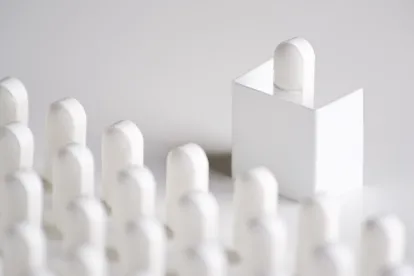Advances in 3D printing (3DP) technology have paved the way for pharmaceutical companies to print prescription drugs. Aprecia Pharmaceuticals recently announced that the FDA has granted it approval to manufacture Spritam® (levetiracetam), an antiepileptic medication, using 3DP technology. Aprecia claims that this is the first time the FDA has approved manufacture of a 3DP drug. Aprecia is scheduled to begin production of Spritam in the first quarter of 2016.
How It Works
Using 3DP, a manufacturer can tailor the form of a medication to the specific needs of patients. Instead of using traditional powder compaction to create a pill, Aprecia’s proprietary ZipDose® Technology platform can print the tablet, layer by layer, using powdered medication stitched together with an aqueous fluid. A single sip of water can break these bonds so the tablet will disintegrate in less than ten seconds, making it much easier to swallow than a traditional pill. The ability to layer the active ingredient also allows a greater concentration of medicine in the drug. This means that high-dose pills can be even smaller than traditional pills currently on the market. These developments are a boon to epilepsy patients, who frequently suffer from swallowing disorders.
The Future of 3DP Drugs
Aprecia’s ZipDose Technology platform uses MIT’s 3DP process. Pharmaceutical rights to that process are exclusively licensed to Aprecia. This means that the ability to print medications at home, or even in a medical office, is a long way off.
Still, the development of 3DP drugs is a huge stride forward in the field of personalized medicine. In addition to tailoring the form of drugs to the needs of particular classes of patients, 3DP opens the possibility of tailoring each individual tablet to the needs of a specific patient, regardless of the physical location of the printer. This is something that has simply not been financially feasible with mass-produced medications.





 />i
/>i
